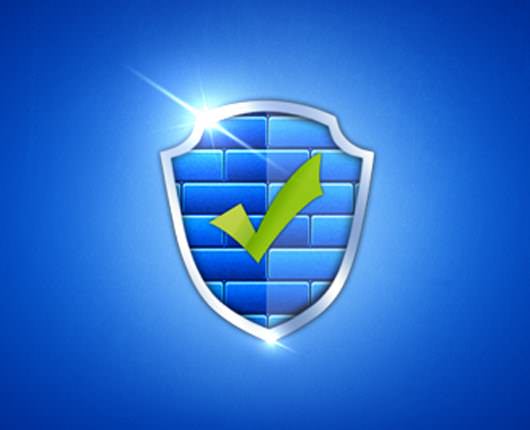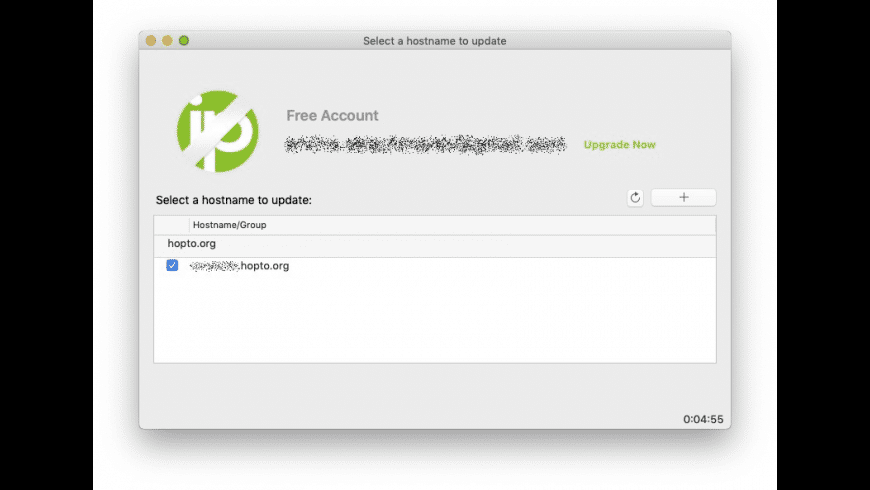


So, responding to DNS queries based on who the clients is and what they have requested is a universal way to provide Parental Control, regardless of the device in use, its OS or its security configuration. Whatever anyone wants to access, it always starts with a DNS request and Service Providers already offer DNS services as part of their subscriptions. When thinking about controlling access to non-legitimate content for children and teenagers, the most logical thing is to filter their DNS requests to such content and services. ISPs already have a solution they can easily leverage: their DNS And finally on the commercial side, to market and to sell those offers to average subscribers unaware of what their children might be exposed to on the web is as challenging as the infrastructure to set up.

Telcos and ISPs are constrained to support a huge array of devices, operating systems and configurations sometimes completely outdated and without any capabilities to tune their configurations to maximize their protection as well as that of their users. This is completely different from how users, applications and data are protected within organizations where categories of devices or applications can be banned and not supported as part of the Enterprise security policies. So, on top of the complexity to set up and roll out such modular bundle offers factoring the high initial investment cost and set up fees, Service Providers must minimize the impact on the User Experience of those protected and moderated services while ensuring they can scale for up to millions of subscribers accessing potentially all of the online content and services available on the Internet. This is technically complex and commercially not sound. They range from dedicated software for specific devices as seen previously to dedicated bundles on portals offering contents for children.įor the Telcos and ISPs, these solutions are impractical to include as part of their service offers as they would potentially need to include them all to be able to service all their subscribers whichever devices and services they use. Challenges faced by Service Providers looking to offer Parental Controlįor both service providers and parents, solutions exist. DNS offers a good option meeting all these requirements. They require a cost effective solution which is simple to deploy and operate. For service providers the problem is even worse as they face regulatory obligations enforcing them to offer a minimum level of protection of the content they expose their subscribers to, especially for children. These contents are reachable via the many household devices and are rarely moderated from their providers making it complex for parents to regain control over what their children can access online.

More and more contents targeting children and teenagers are available online on various media from social networks, websites, video streaming to gaming platforms.


 0 kommentar(er)
0 kommentar(er)
